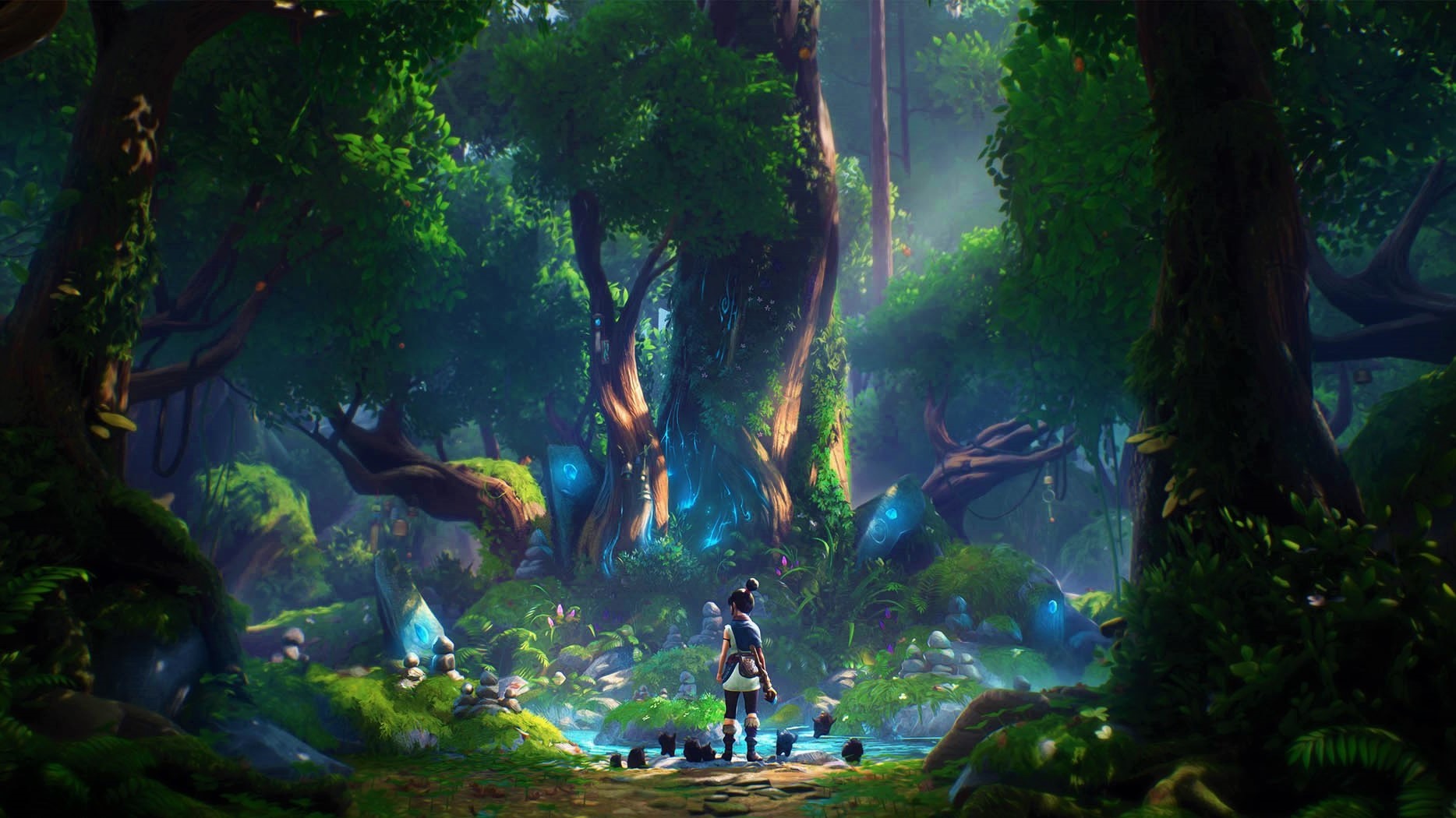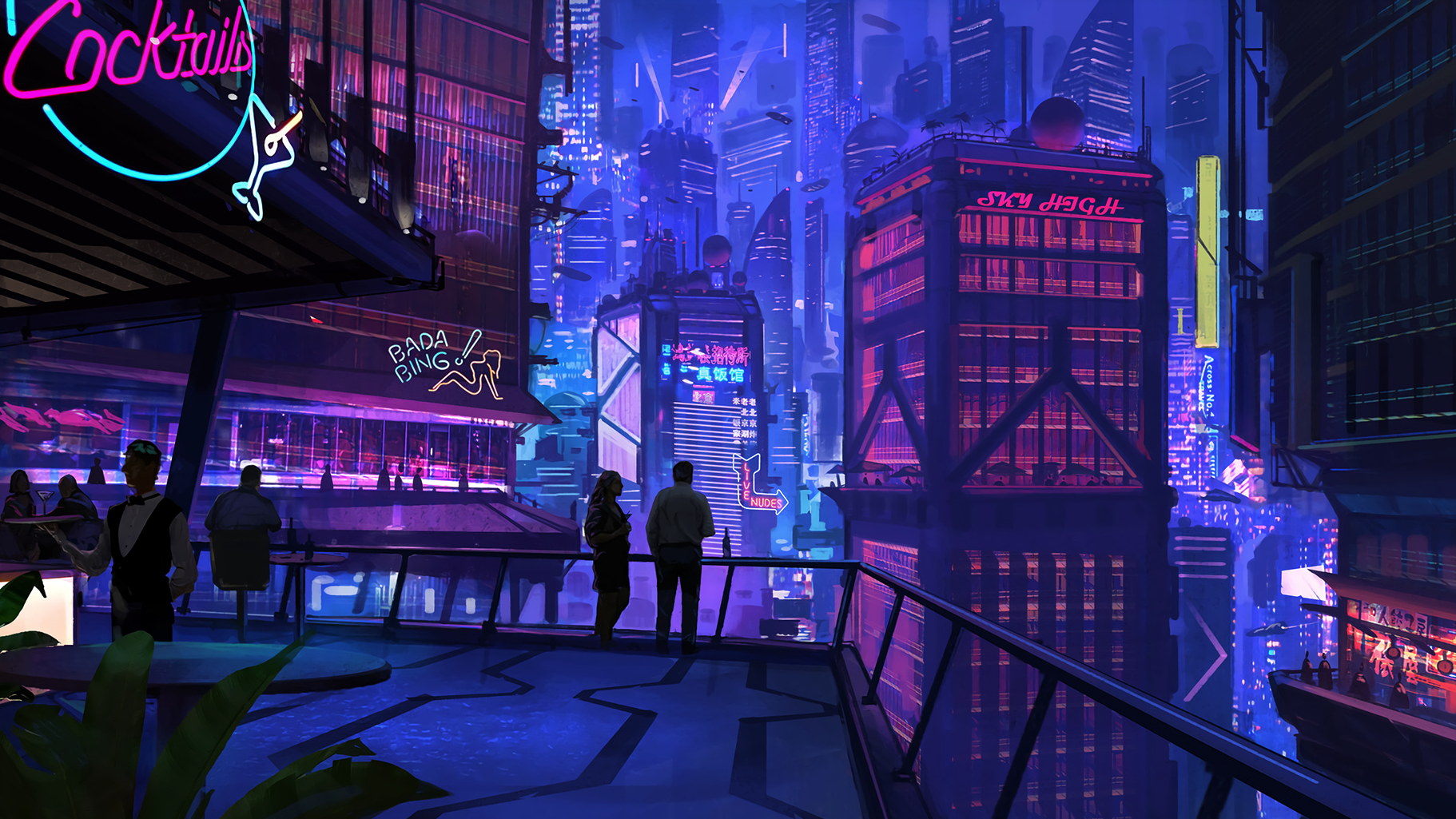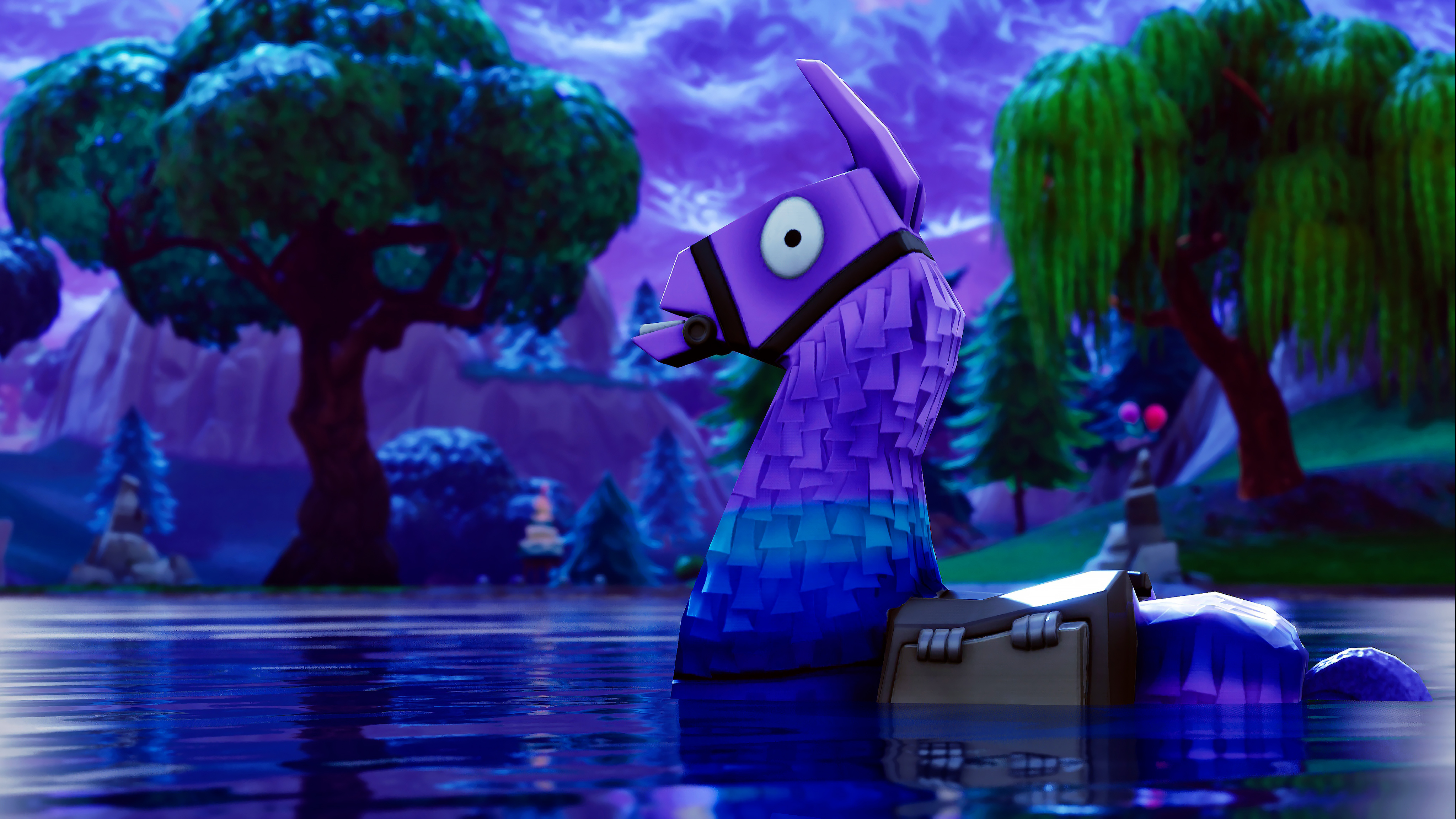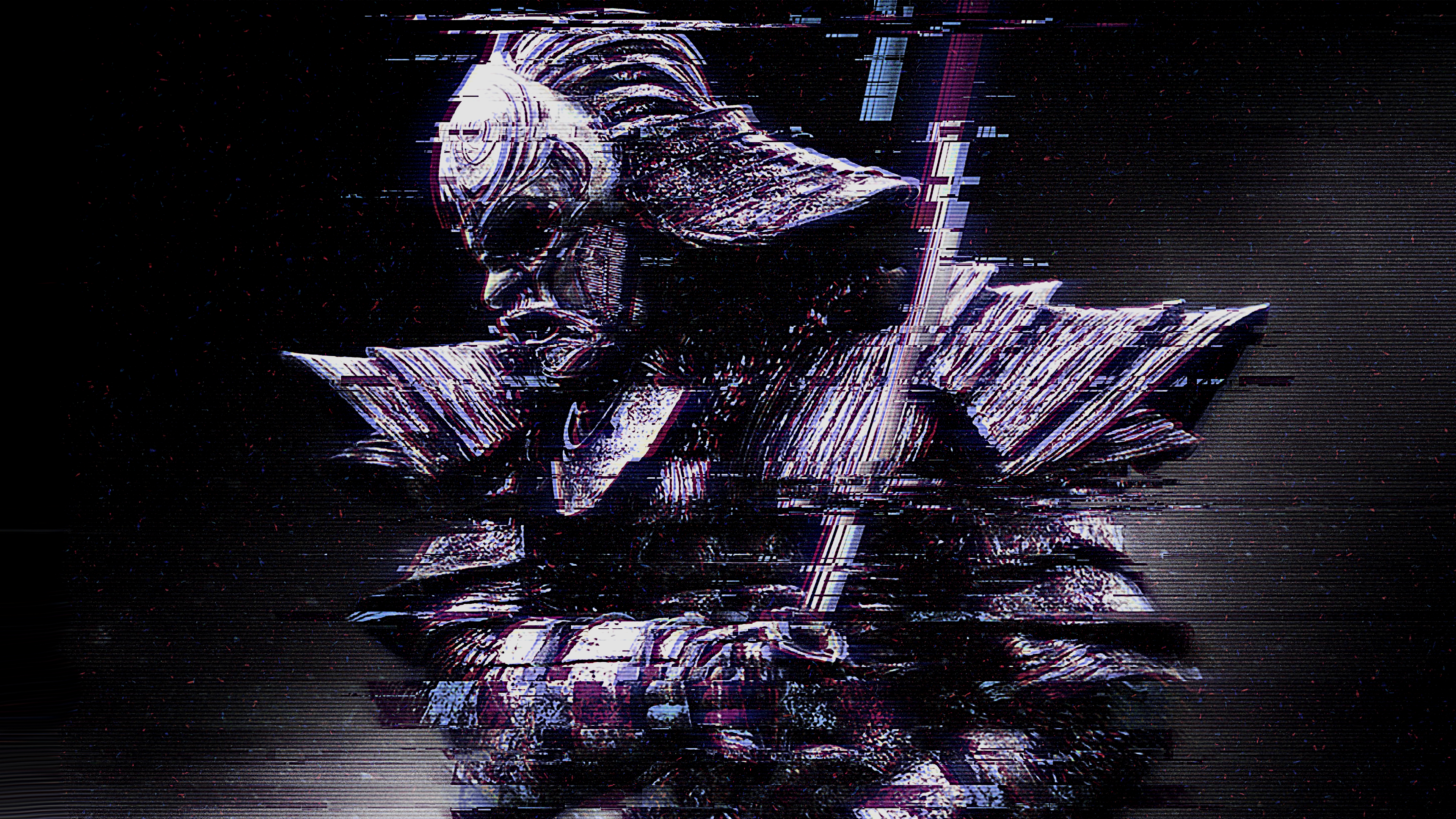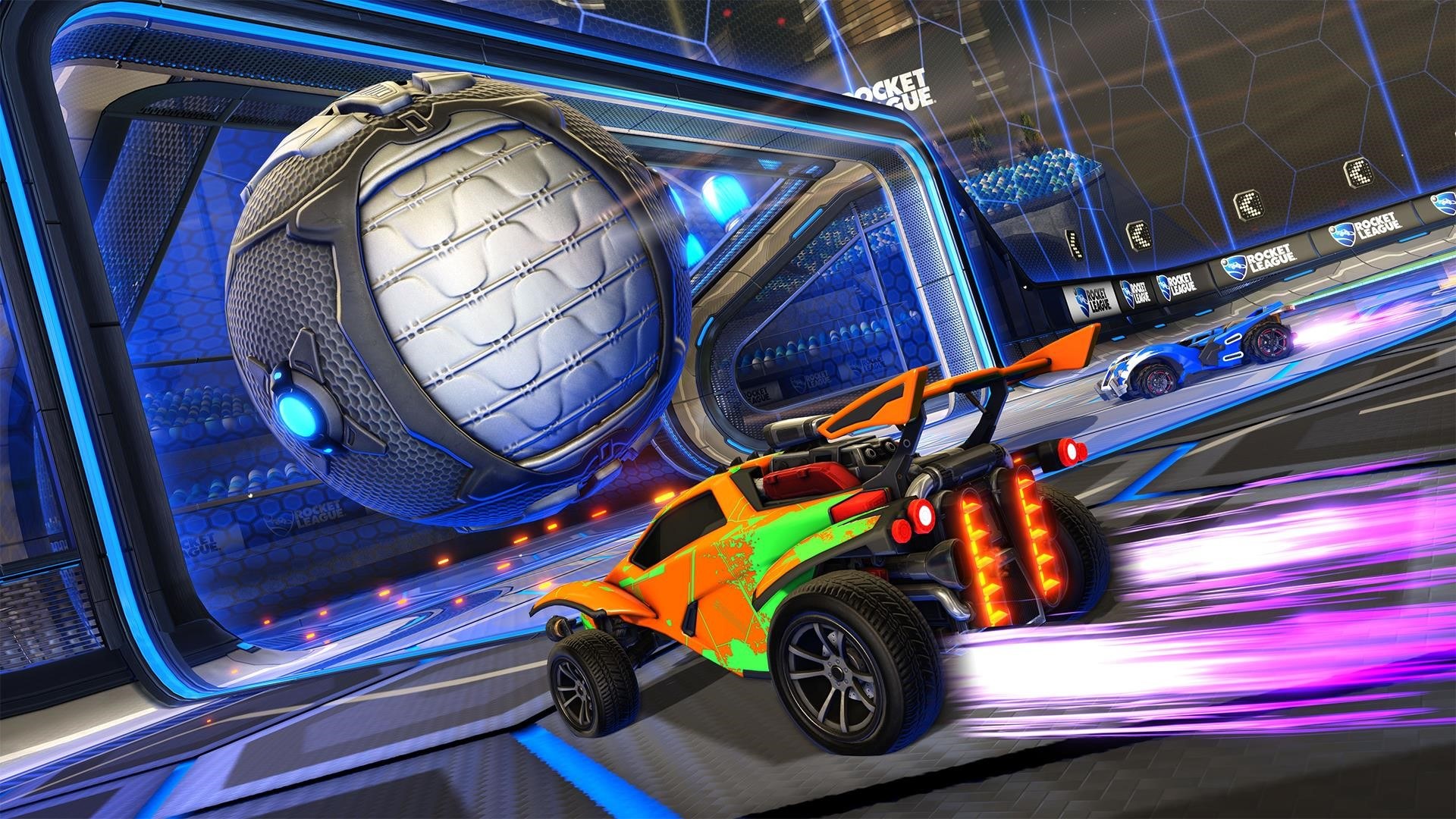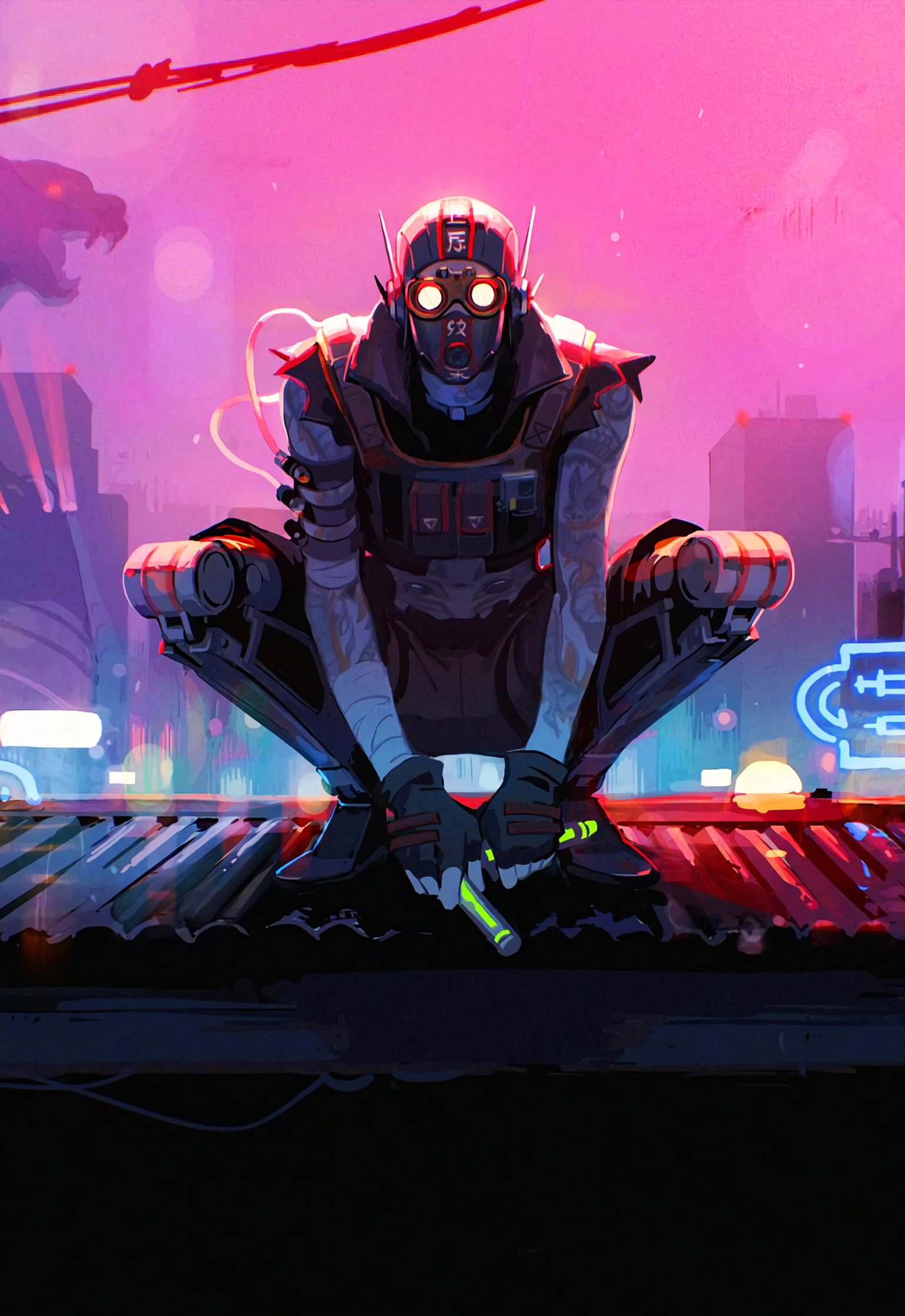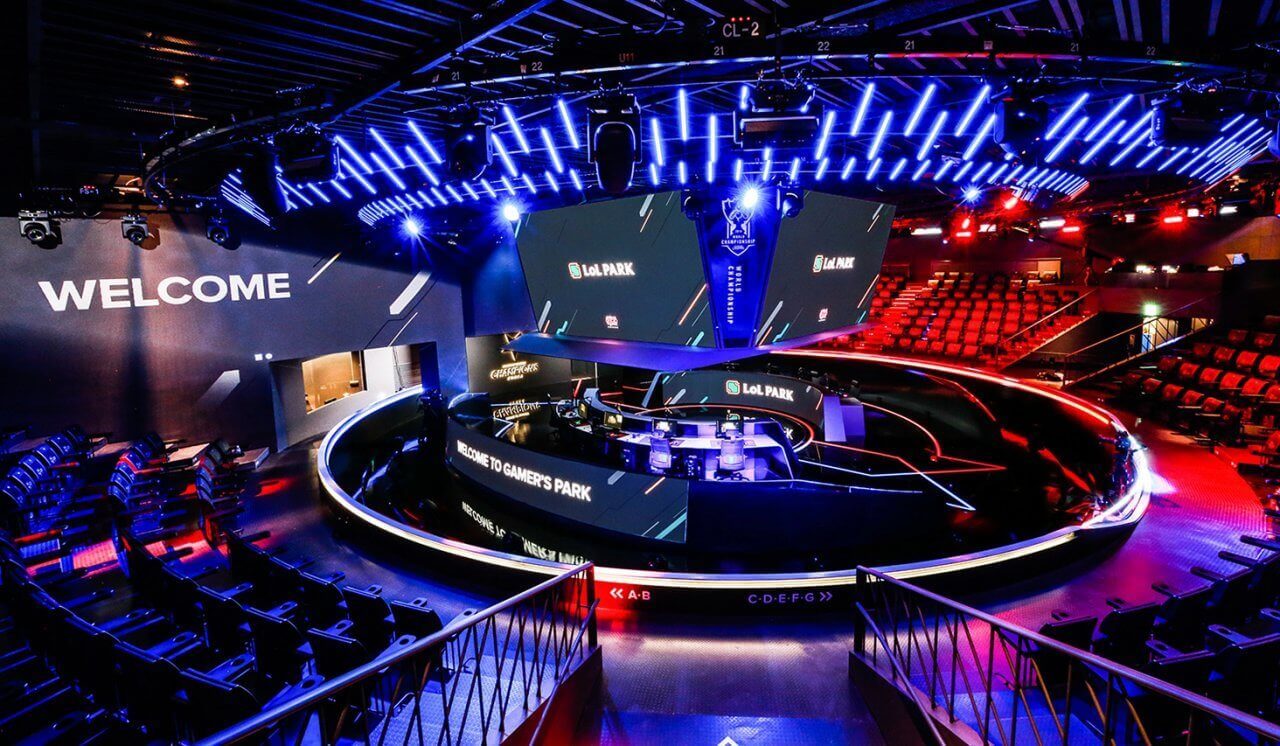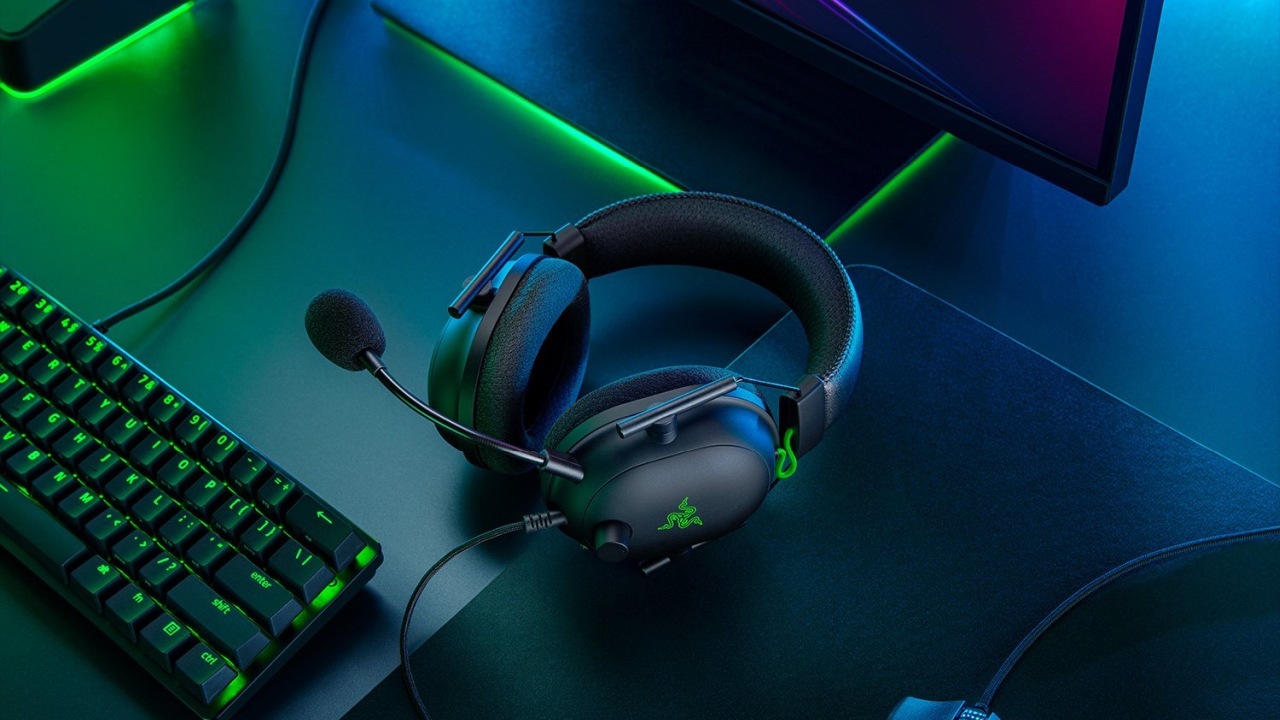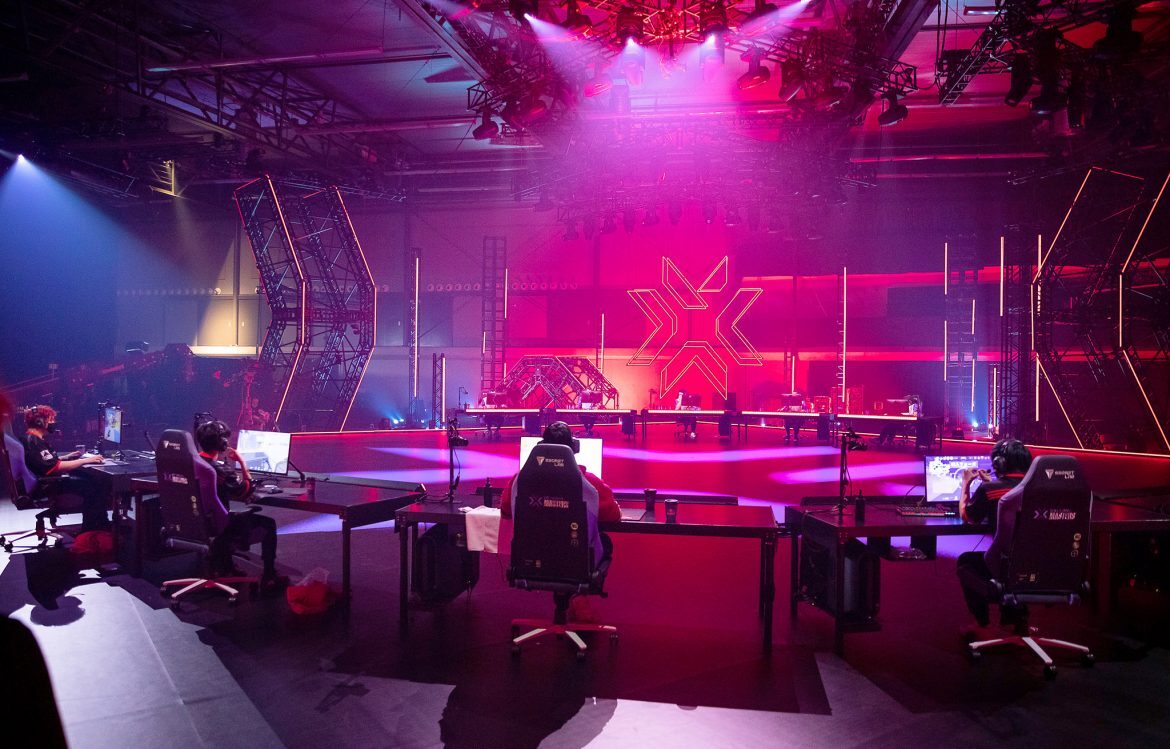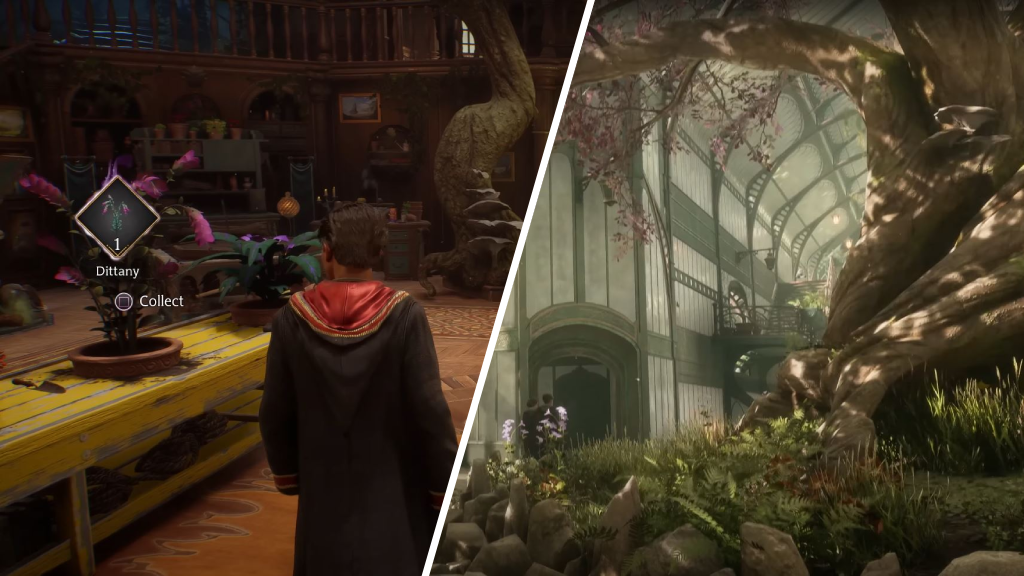Magical plants play a much larger role in the combat of Hogwarts Legacy than some fans might be expecting. Here's a list of all the plants confirmed to be in the game so far, and an explanation of what they do.

Look, we get it, Herbology hasn't traditionally been cool in Harry Potter. It's often portrayed as a non-threatening alternative to the cooler disciplines, simply invented to give Hufflepuff students something to thrive in. But in Hogwarts Legacy that simply isn't the case. Magical plants have powerful applications in combat, and could become just as essential to your build as potions or spells. Indeed, magical plants may even become more important if you want to level Herbology and make this your focus. In the same way a character might become a grenadier or tech-specialist in other RPGs.
In the world of Harry Potter there are literally thousands of magical plants, and obviously they won't all make it into the game. Here are all the magical plants in Hogwarts Legacy, and a brief explanation of their effects and where to buy them.
Magical Plants In Hogwarts Legacy
Horklumps
We can see Horklumps resisting our attempts to collect them. This is lore accurate, although they shouldn't be that dangerous, just annoying. They're useful in potion-making, specifically Wiggenweld potion (the game's basic health potion), but they aren't especially valuable.

They can be found all around the world, especially in some dark caves. So you should never have any problem having enough for your potion needs.
Chinese Chomping Cabbage
There goes J.K. Rowling being problematic again, classic. These plants are as simple as they sound; Chinese Chomping Cabbage is just cabbage that bites. Which means you throw them at the enemy, and it chomps, chomps away.
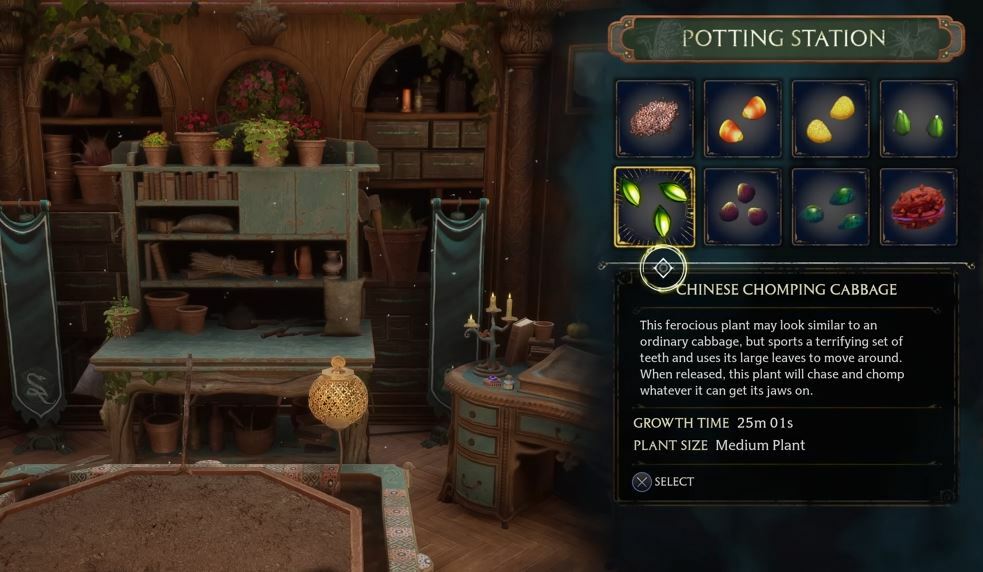
Dittany
Undoubtedly the dullest magical plant we'll see in Hogwarts Legacy, Dittany isn't sentient or particularly beautiful, but it's used in literally hundreds of potions. Dittany has healing properties, and is used to make Wiggenweld potions.

Mandrakes
Mandrakes aren't actually a J.K. Rowling invention, they exist in real life, and the idea of them screaming as they're pulled from the earth comes from European folklore. In actuality the Mandrake is a distant relative of Nightshade, native to the Mediterranean. It's significance in folklore is probably derived from the toxic roots of the Mandrake, which have hallucinogenic properties.
In Hogwarts Legacy the Mandrake can be pulled from a pot to produce an AOE stunning effect. As bad as their sounds are, no one can deny their usefulness.
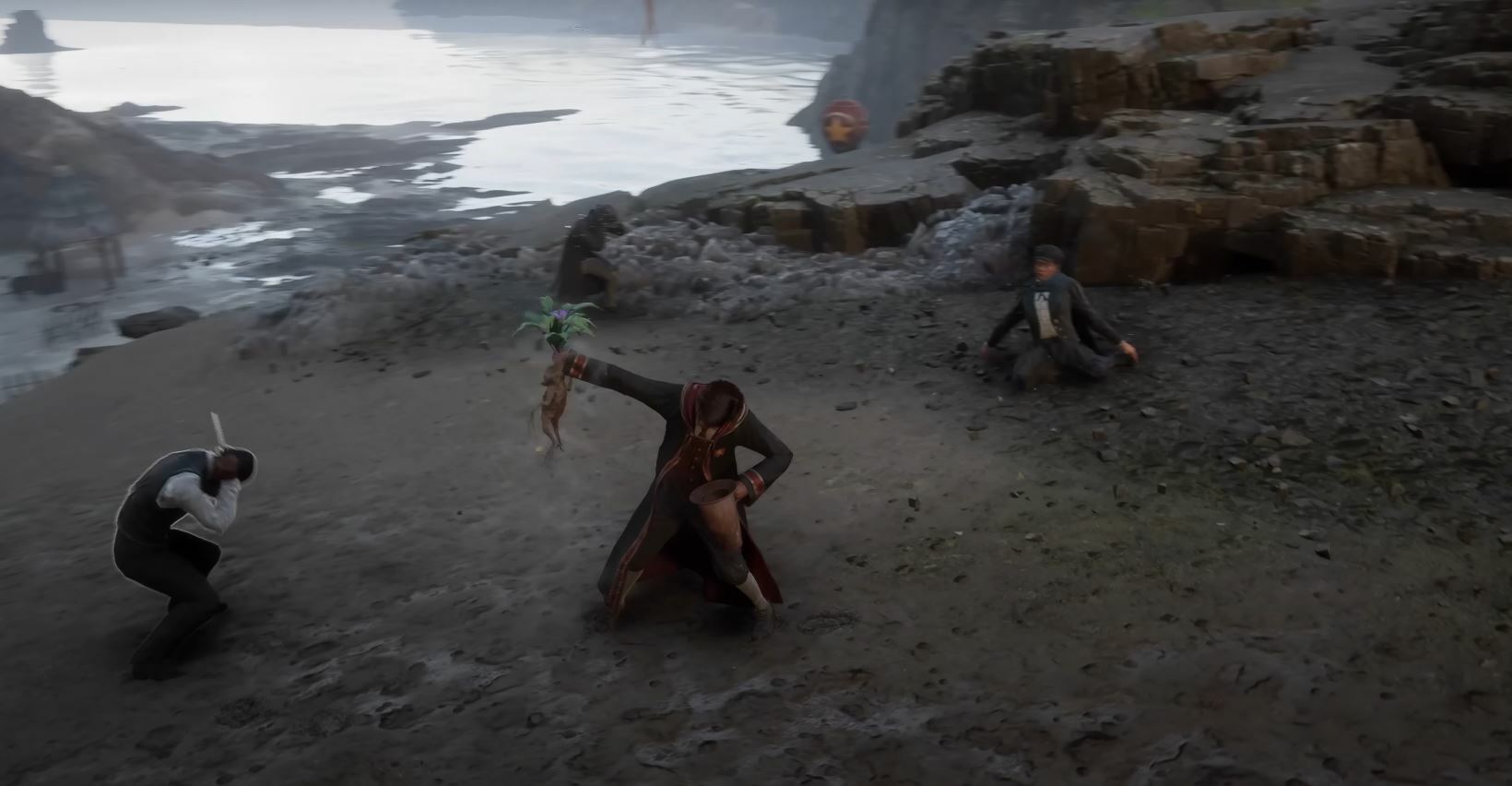
Shrivelfigs
Shrivelfigs are non-sentient plants native to Ethiopia. They're used in potion-making or simply as food, but they're damn expensive (three Galleons a piece from the apothecary in Diagon Alley).
So what use do they have in Hogwarts Legacy. Simple, the plant is an ingredient in the Thunderbrew, a damage buff potion. Get some middle to large pots to get yourself some self grown figs.

Venomous Tentacula
Venemous Tentacula can be thrown at enemies, who the plants will proceed to bite.
In the Battle at Hogwarts, Neville does exactly this to great effect to the horror of the Death Eaters.

Fluxweed
Harry Potter veterans might have bells ringing in their head on this one. This plant was featured in the very first years of the HP-universe. It is an ingredient of the Polyjuice Potion, which Hermione made in second year to get into the Slytherin Common Room with Harry and Ron.
Don't expect the same in Hogwarts Legacy, as Polyjuice is not in the game. Instead we use this plant for the Focus potion and PS players for the rare Felix Felicis.
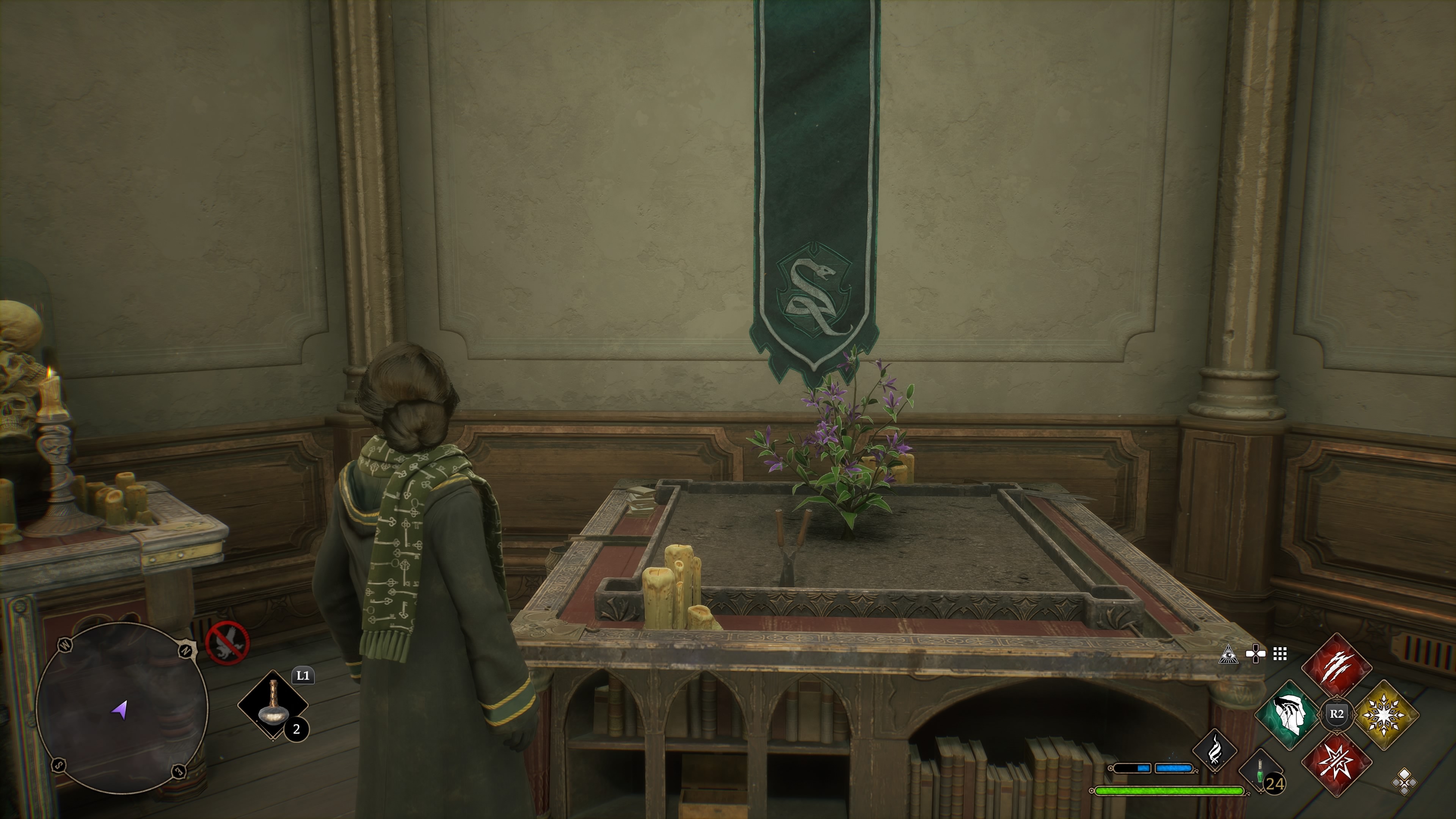
Knotgrass
Funnily enough there's another Polyjuice ingredient the developers have included for a different potion. Indeed, Knotgrass no longer helps to change your appearance, but instead in the right potion makes you disappear.

Leaping Toadstools
Do mushrooms count as plants? For the sake of this guide, sure they do! If you've never heard of Leaping Toadstools I'm not surprised. They were featured in Hogwarts Mystery, the mobile game preceding Legacy.
While in that game, there was no definite use mentioned, now we find out they are an ingredient in the Invisibility Potion. So keep your eyes open for these frolicking mushrooms on your travels.

Mallowsweet
Let's look at the only puzzle plant. You need Mallowsweet for the Merlin puzzles all over the world map. To grow it you can only use small pots.
Fun fact: Mallowsweet is burnt by Centaurs, who read the smoke and try to divine the future from it. Also, it is used in Madam Rosmerta's Extra-Sweet Butterbeer. What does that have to do with one another? Probably nothing, but when I'm drunk I also think, I can see the future.
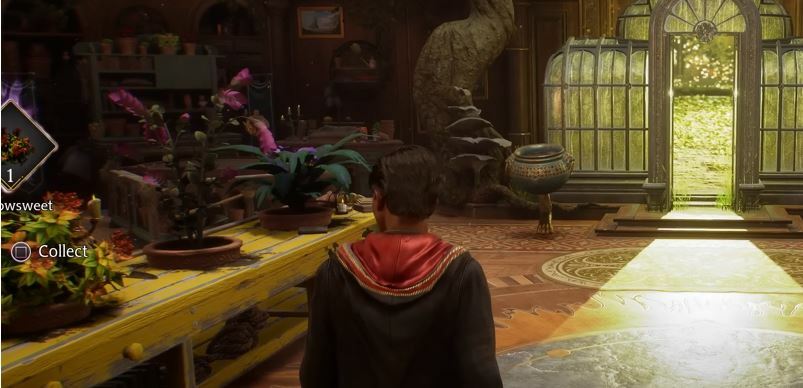
Those are all the plants in Hogwarts Legacy. If the depth of this game is starting to impress you, and you fancy picking a copy up, here's a link to buy Hogwarts Legacy .
Buying Seeds And Plants
Almost every plant can be either bought in its grown form or raised yourself after buying the seed package once. So you don't have to run around, here's a quick overview:
| Plant | Shop | Price (Seed/Plant) |
| Chinese Chomping Cabbage | Dogweed and Deathcap | 600 / 300 |
| Fluxweed | The Magic Neep | 350 / 150 |
| Knotgrass | The Magic Neep | 350 / 150 |
| Mallowsweet | The Magic Neep | 200 / 100 |
| Mandrake | Dogweed and Deathcap | 800 / 500 |
| Shrivelfig | The Magic Neep | 450 / 150 |
| Venoumous Tarantula | Dogweed and Deathcap | 1050 / 600 |
Personally I'm still pretty certain I'll be going for a Ravenclaw/Transfiguration build, but I certainly won't be neglecting my Herbology lessons.


